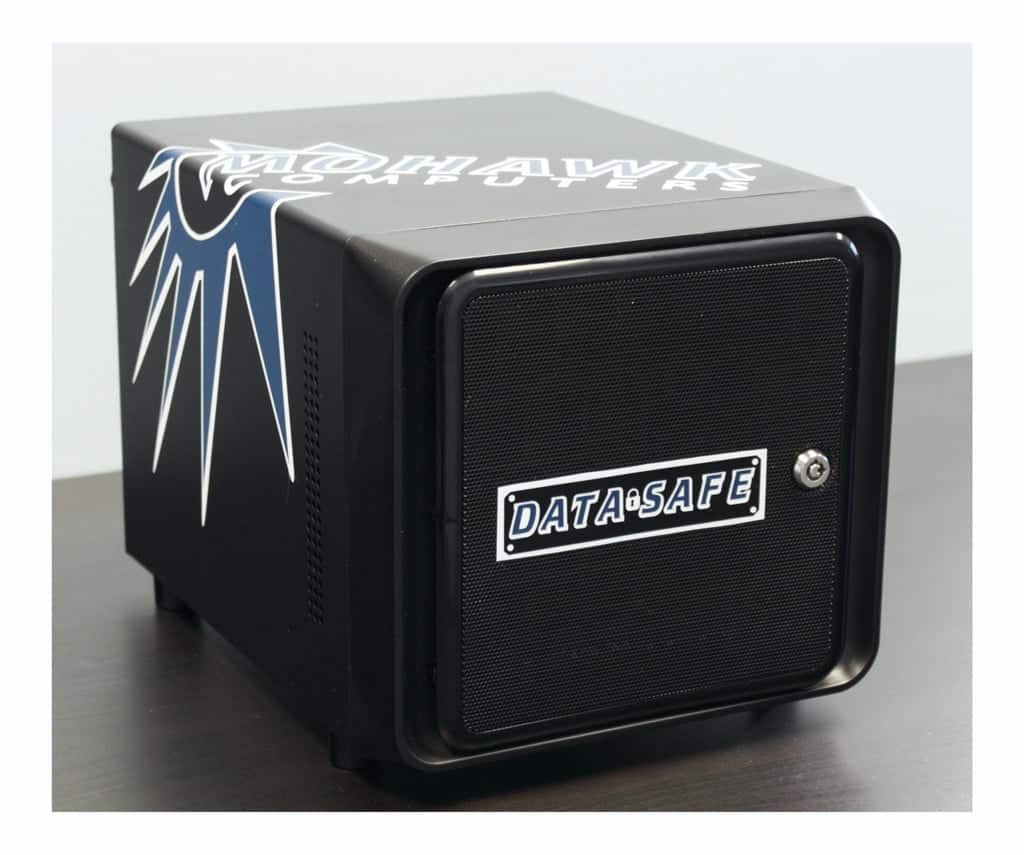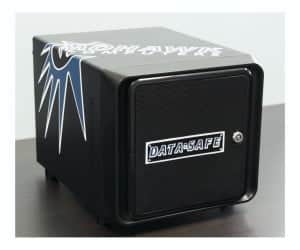BDR by Mohawk Computers.
It’s time to recognize that your attention needs to be on your product, not your IT infrastructure. We provide the technology to ensure your business keeps running so you can focus on profitability, not problems. Introducing the BDR by Mohawk Computers.
At some point, all computer hardware fails. It’s a fact of life. Whether it’s from age or accident, data loss is inevitable when hardware fails, and can cripple an SMB in a second and destroy profits just as easily. This is why an effective Backup & Disaster Recovery solution is essential to virtually every business today.
There’s no way to predict the future; hard drives malfunction unpredictably, cyber-attacks are on the rise, and natural disasters may strike with little to know warning. To ensure data is secure, it needs to be backed up and quickly recoverable so downtime is minimal when the unforeseeable happens.
Backup and Data Recovery has come a long way. Long gone are the days of media-vaulted backup and manual recovery methods. Today’s BDR solutions provide secure, fast, monitored, and continuous backup and rapid data restoration through cloud-based architecture. A variety of methods and options are available in the marketplace to cater to any business need.
Key Terms & Definitions
Backup and disaster recovery (BDR) is a combination of data backup and disaster recovery solutions that work cohesively to ensure a company’s business continuity.
Remote data backup is the process of backing up data created by remote and branch offices (ROBOs) and storing it securely. Businesses with ROBOs require backup and recovery solutions that can support the company’s data protection policies and business service levels.
Backup window is the timeframe within which backups are scheduled to run on a given system. These are often scheduled during times of minimal usage (i.e. after hours).
Recovery time objective is a benchmark indicating how quickly data must be recovered to ensure business continuity following a disaster or unplanned downtime.
Recovery point objective is a benchmark indicating which data must be recovered in order for normal business operations to resume following a disaster or unplanned downtime. This is often based on file age (i.e. all data backed up before date X must be recovered), and in conjunction with RTO can help administrators determine how frequently backups should execute.
Disaster recovery is the area of security planning that deals with protecting an organization from the effects of significant negative events. Significant negative events, in this context, can include anything that puts an organization’s operations at risk: crippling cyber-attacks and equipment failures, for example, as well as hurricanes, earthquakes and other natural disasters.
Cloud disaster recovery is a component of a disaster recovery plan that involves maintaining copies of enterprise data in a cloud storage environment as a security measure.
Business continuity encompasses a loosely defined set of planning, preparatory, and related activities that are intended to ensure that an organization’s critical business functions will either continue to operate despite serious incidents or disasters that might otherwise have interrupted them, or will be recovered to an operational state within a reasonably short period.
Mohawk BDR Data Safe, for backup, disaster recovery with minimum down time. If a disaster strikes, how is your business continuity?


